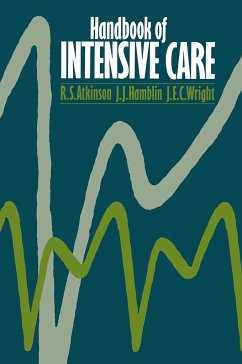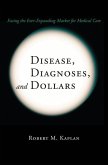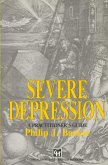The concept of dementia has itself been the subject of increasing refinement and precision in definition and diagnosis. Two important sub-types have been identified: Alzheimer's disease and multiple-infarct dementia. Alzheimer's disease or Senile Dementia of the Alzheimer Type (SDA T), arises out of changes in the brain which are as yet poorly understood and identifiable with certainty only at post mortem examination. This type of dementia has been named after Alois Alzheimer, who first identified these changes, in the earliest years of this century. Alzheimer's is the commonest type of identified dementia. The second commonest type is multi-infarct dementia (MID), which follows a stroke or strokes affecting the relevant part of the brain. Like SDA T, it can be diagnosed with certainty only after death, although Jorm (1987, Ch. 8) reviews progress in using various types of tests which can suggest, if not confirm, its presence during the sufferer's lifetime. As will be shown in Chapter 2, some populations appear to reverse the general picture and exhibit more MID than SDAT. Many dementia sufferers cannot, even after a post-mortem examination, be neatly categorized as one or the other of these sub-types. A considerable uncertain 'grey area' of dementia remains at present very poorly understood. Some elderly people develop dementia as a side-effect of known physical disease. Some of these conditions are curable. Care of the demented person has traditionally taken place in the community: hospitalization is a fairly recent innovation.








